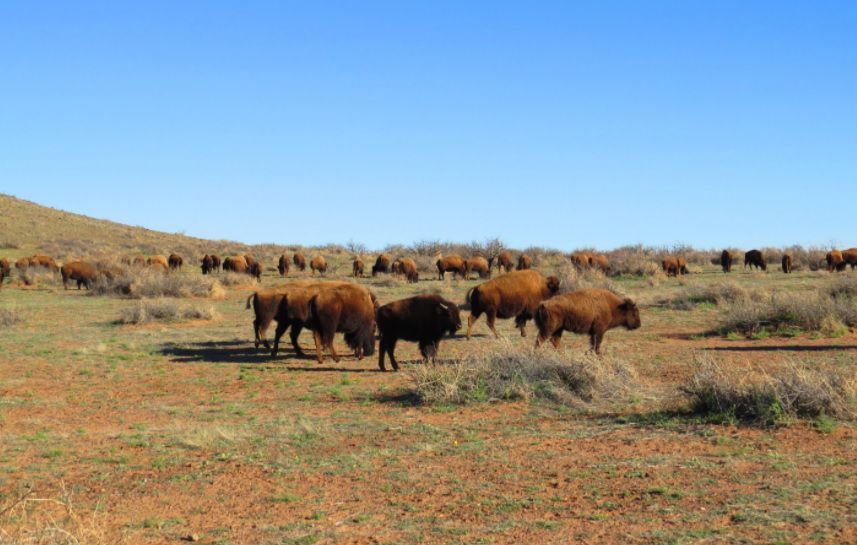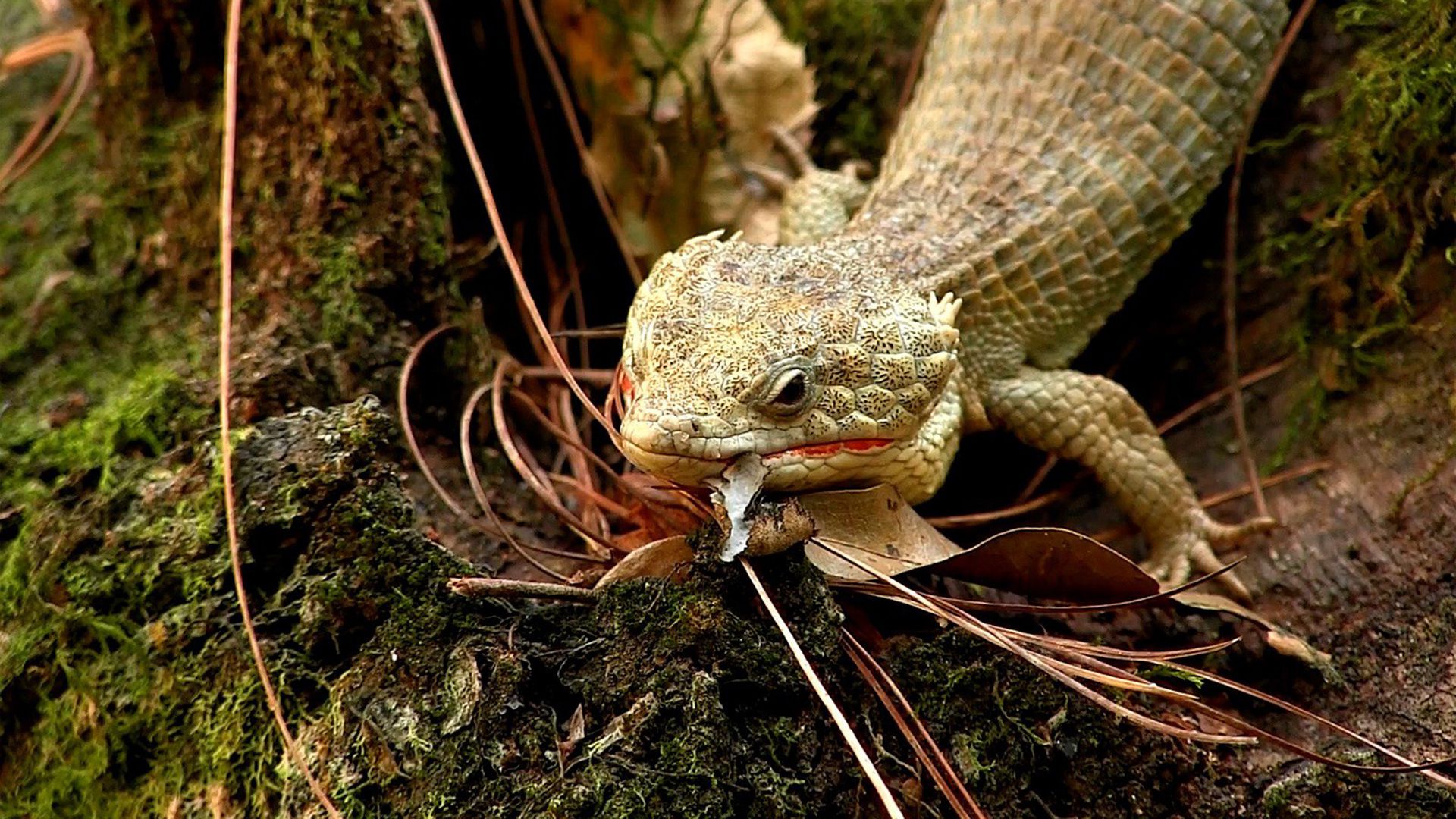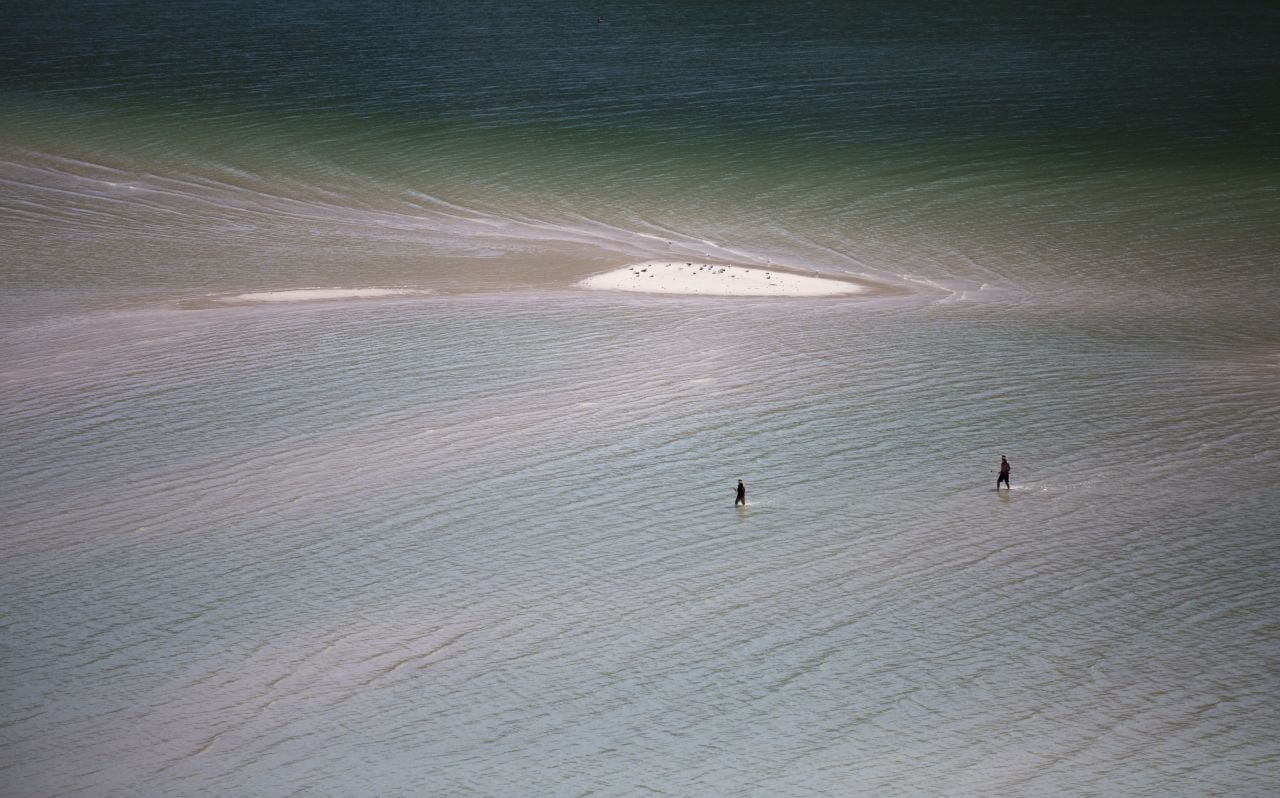
On Tuesday, the decree declaring the area known as Lago de Texcoco, in the municipalities of Texcoco, Atenco, Chimalhuacán, Ecatepec de Morelos and Nezahualcoyotl in the State of Mexico, entered into force on Tuesday.
The Natural Protected Area decree will allow activities such as ecotourism, ecological restoration, reforestation with native species, agriculture and livestock oriented to sustainability and utilization to be developed in the Texcoco area through Wildlife Conservation Management Units (UMAs).
Prior to the integration of Texcoco, Mexico owned 183 federal natural areas representing 90,956,124 hectares and supports 371 Areas Voluntarily Destined for Conservation, with an area of 604,906.7 hectares, which are managed by the National Commission on Protected Natural Areas.
Mexico currently has 67 National Parks, 4 4 Biosphere Reserves, 41, Flora and Fauna Protection Areas, 18 Sanctuaries, 9 Natural Resource Protection Areas, and five Natural Monuments.

Of the total area of Protected Natural Areas, 21,497,511 hectares correspond to protected land area, which represents 10.94% of the national land area. With regard to marine area, 69,458,613 hectares are protected, which corresponds to 22.05 per cent of the marine area of the national territory.
The Deep Mexican Pacific Biosphere Reserve is currently the largest protected natural area in Mexico. It was decreed on December 7, 2016, and covers an area of 43,614,120 hectares. It is located off the coast of the states of Nayarit, Jalisco, Colima, Michoacán, Guerrero, Oaxaca and Chiapas.
The marine vaquita of the Gulf of California is the most endangered species of all marine mammals in the world. It is a species endemic to Mexico and that travels in shallow waters of the Upper Gulf of California.
Other natural areas of great importance to the country are the Biosphere of the Upper Gulf of California (where the vaquita marina is protected) and the Colorado River Delta, with a total area of 934,756.25 hectares, followed by the Alacranes Reef with 333,768.51 hectares.
While Quintana Roo and Chiapas are the states with the largest number of protected natural areas under federal competence, with 18 areas each.

Mexico also has 5 Natural Monuments, which are distributed in the states of Chiapas, Nuevo Leon, Chihuahua, Coahuila and Oaxaca, which are Bonampak, the Cerro de la Silla, the Rio Bravo del Norte, Yagul and Yaxchilán.

In Texcoco, more than 678 species of flora and fauna will be cared for, including some of the most representative species of the valley of Mexico. In addition, the shelter will be protected for the more than 150 thousand specimens of migratory birds that arrive in winter.
The alteration or destruction of wildlife ecosystems, the development of real estate developments or new population centers, new exploration and mining works, as well as the modification of the natural environment of historical archaeological remains shall be prohibited.
In order to protect the 14,000 hectares there is an investment of 4,566 million pesos, thus directly benefiting a total population of 12.5 million inhabitants, according to the federal government.
The environmental importance of Lake Texcoco lies in its character as the main water regulating vessel in the Valley of Mexico and as a climate regulator that will increase ventilation and regulate the temperature of the area.
Before the arrival of the Spaniards in Mexico, the city that was located in what we now know as Mexico City was Tenochtitlan, where the Mexican empire was established.
Tenochtitlan was a city that stood on an islet in the middle of Lake Texcoco. One of the questions that people probably question the most is how Mexico City was built on a lake. The answer lies in the fact that the lake was desiccated for the construction and expansion of the living area.
Today the lake is virtually extinct, and several areas of Mexico City suffer from lack of water, which is why environmental groups demand action to rescue it.
Últimas Noticias
Debanhi Escobar: they secured the motel where she was found lifeless in a cistern

The oldest person in the world died at the age of 119

Macabre find in CDMX: they left a body bagged and tied in a taxi
The eagles of America will face Manchester City in a duel of legends. Here are the details

Why is it good to bring dogs out to know the world when they are puppies




